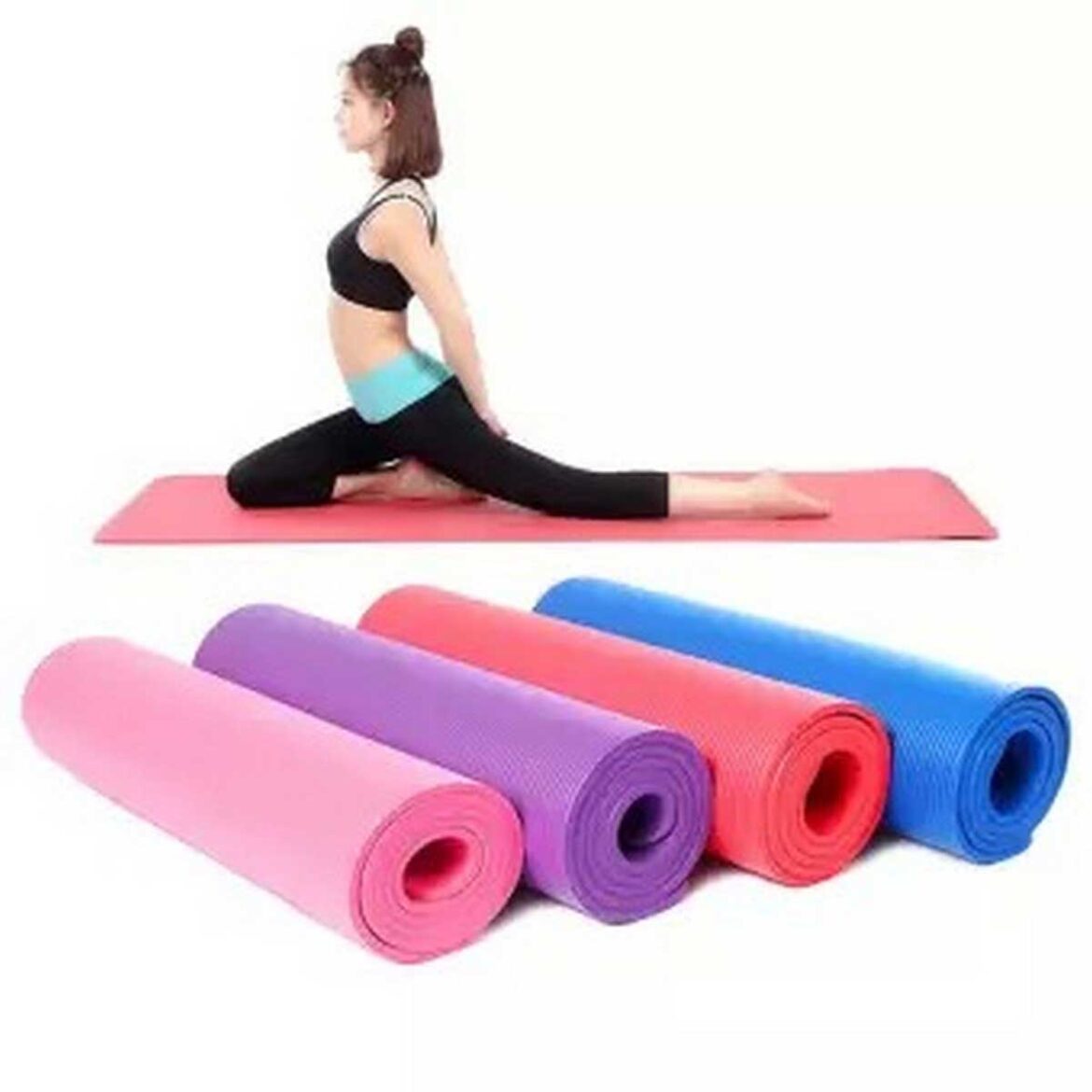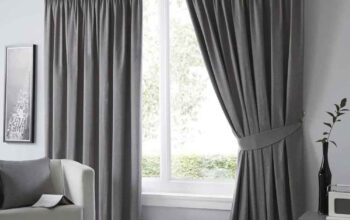If you are looking for an exercise mat, you may be wondering what the best thickness for an exercise mat is. Depending on your needs, the thickness of your mat can vary. For example, if you are looking for a mat to use for yoga, you will want a thinner mat so you can feel a connection to the ground.
On the other hand, if you are looking for a mat to use for Pilates or general exercise, you will want a thicker mat for cushioning and support.
In this article, we will discuss the different thicknesses of exercise mats and what they are best suited for. We will also provide a few recommendations for mats that we think are the best on the market.
What is best exercise mat?
There are many types of exercise mats on the market, and it can be difficult to know which one is right for you. Here, we will give you a quick rundown of the different types of exercise mats and their benefits, so you can make an informed decision on which mat is best for your needs.
There are three main types of exercise mats: yoga mats, Pilates mats, and general exercise mats. Yoga mats are thin and lightweight, making them easy to transport and store. They are also specifically designed to provide grip and support for yoga poses.
Pilates mats are thicker than yoga mats, providing more cushioning and support. They are also typically wider, so you have more space to move around on them. General exercise mats are the most versatile type of mat, as they can be used for a variety of activities, including yoga, Pil
Are workout mats worth it?
If you’re considering purchasing a workout mat, you may be wondering if they’re worth the investment. Workout mats can provide a cushioned surface to help protect your joints and flooring, and they can also help to absorb impact and noise. In addition, mats can help to create a clean and tidy space for your workouts.
Overall, workout mats can be a worth addition to your home gym, particularly if you have hard floors or are looking for extra cushioning and support. However, mats are not required for everyone, and you may be able to get by without one. Ultimately, the decision of whether or not to purchase a workout mat depends on your individual needs and preferences.
Is there a difference between a yoga mat and an exercise mat?
When it comes to mats, there are a few different types that are available on the market. Two of the most popular types are yoga mats and exercise mats. But what is the difference between the two?
Yoga mats are typically thinner than exercise mats and have a more textured surface. This provides extra grip and helps to prevent you from slipping during your yoga practice. Yoga mats also tend to be more lightweight and compact, making them easy to transport and store.
Exercise mats, on the other hand, are thicker and usually have a smooth surface. This makes them ideal for activities such as Pilates and yoga, where you need a stable surface to support your body. Exercise mats are also usually wider and longer than yoga mats, so they can accommodate a wider range of body types and sizes.
What should I look for when buying an exercise mat?
You want to make sure you’re getting a quality product when you buy an exercise mat. There are a few things you should look for to ensure you’re getting a mat that will last and provide a comfortable surface for your workouts.
The first thing to look for is the thickness of the mat. You’ll want a mat that is at least 1/2-inch thick. This will provide enough cushioning for your joints and help to protect your floor.
You’ll also want to make sure the mat is made from a durable material. PVC is a popular choice for exercise mats as it is easy to clean and is resistant to wear and tear.
Finally, you’ll want to make sure the mat has a non-slip surface. This will help to keep you safe during your workouts and prevent the mat from moving around
Is a thick or thin exercise mat better?
There is much debate in the fitness world as to whether a thick or thin exercise mat is better. Some people say that a thicker mat is more comfortable and gives them more support, while others say that a thinner mat is better for stability and grip.
So, which is the right choice for you? It depends on your personal preferences and what type of exercise you plan on doing. If you’re planning on doing a lot of yoga or Pilates, a thicker mat may be a better choice for you. If you’re planning on doing a lot of mat work or core work, a thinner mat may be a better choice. Ultimately, it’s up to you to decide what’s best for your own fitness journey.
How thick of mat do I need for a home gym?
understanding how much impact your workout will have on the flooring beneath it is critical for choosing the right kind of mat. If you’re working out at home, you’ll want to make sure you have enough protection for your flooring to avoid any damage.
There are a few things to consider when choosing a mat for your home gym. The first is the type of flooring you have. Carpet will need less protection than hardwood or tile. The second is the intensity of your workout. If you’re doing a lot of jumping or high-impact moves, you’ll need a thicker mat.
Generally speaking, you’ll want a mat that is at least 1/2 inch thick. This will provide enough protection for most home gym setups. If you have a particularly intense workout or are worried about damaging your flooring, you can opt for
Can an exercise mat be too thick?
If you are looking for an exercise mat, you may be wondering if there is such thing as a mat that is too thick. The answer is yes, an exercise mat can be too thick.
The thickness of an exercise mat is important for several reasons. First, a thicker mat will provide more cushioning, which is important for protecting your joints during exercise. Second, a thicker mat will also provide more stability, which is important for balance-based exercises. And finally, a thicker mat will be more durable and will last longer.
So if you are looking for an exercise mat, be sure to choose one that is the right thickness for your needs. A mat that is too thick can be difficult to use and may not provide the level of support and cushioning you need.
What do you put under gym mats?
Gym mats are designed to protect your floor and equipment from damage and to provide a comfortable surface for your workouts. But what do you put under gym mats to keep them in place and to prevent them from slipping?
There are a few different options for undermating, including non-slip mats, interlocking tiles, and rolled mats. Non-slip mats are made of a variety of materials, including PVC, rubber, and polyester, and they can be used on any type of flooring. Interlocking tiles are a easy to install and can be used on any type of flooring, but they don’t provide as much cushioning as other options. Rolled mats are made of foam or rubber and can be used on any type of flooring, but they can be difficult to store and transport.
How long do workout mats last?
Workout mats are an important piece of equipment for any fitness enthusiast. They provide a safe and stable surface for workouts, and can help prevent injuries. But how long do they last?
The answer to this question depends on a few factors, including the quality of the mat, how often it is used, and how it is cared for. Generally speaking, a good quality mat can last for several years with proper care. However, if it is used frequently or not cared for properly, it may need to be replaced sooner.
If you are wondering how long your workout mat will last, consider the factors mentioned above and consult the manufacturer’s instructions for care and maintenance. With proper care, your mat should give you years of use.
Which mat is thicker yoga or pilates?
The thickness of a yoga mat can range from about 1/16 inch to 1/4 inch, while the thickness of a pilates mat is typically around 1/8 inch. So, while both mats are thinner than a standard exercise mat, a yoga mat is generally thinner than a Pilates mat.
Conclusion
Overall, exercise Rubber mats are a great way to improve your fitness. They provide a variety of benefits, including cushioning, improved traction, and protection from the ground. However, it is important to select the right mat for your needs. Consider the thickness, material, and size of the mat to ensure you get the most out of your workout.







